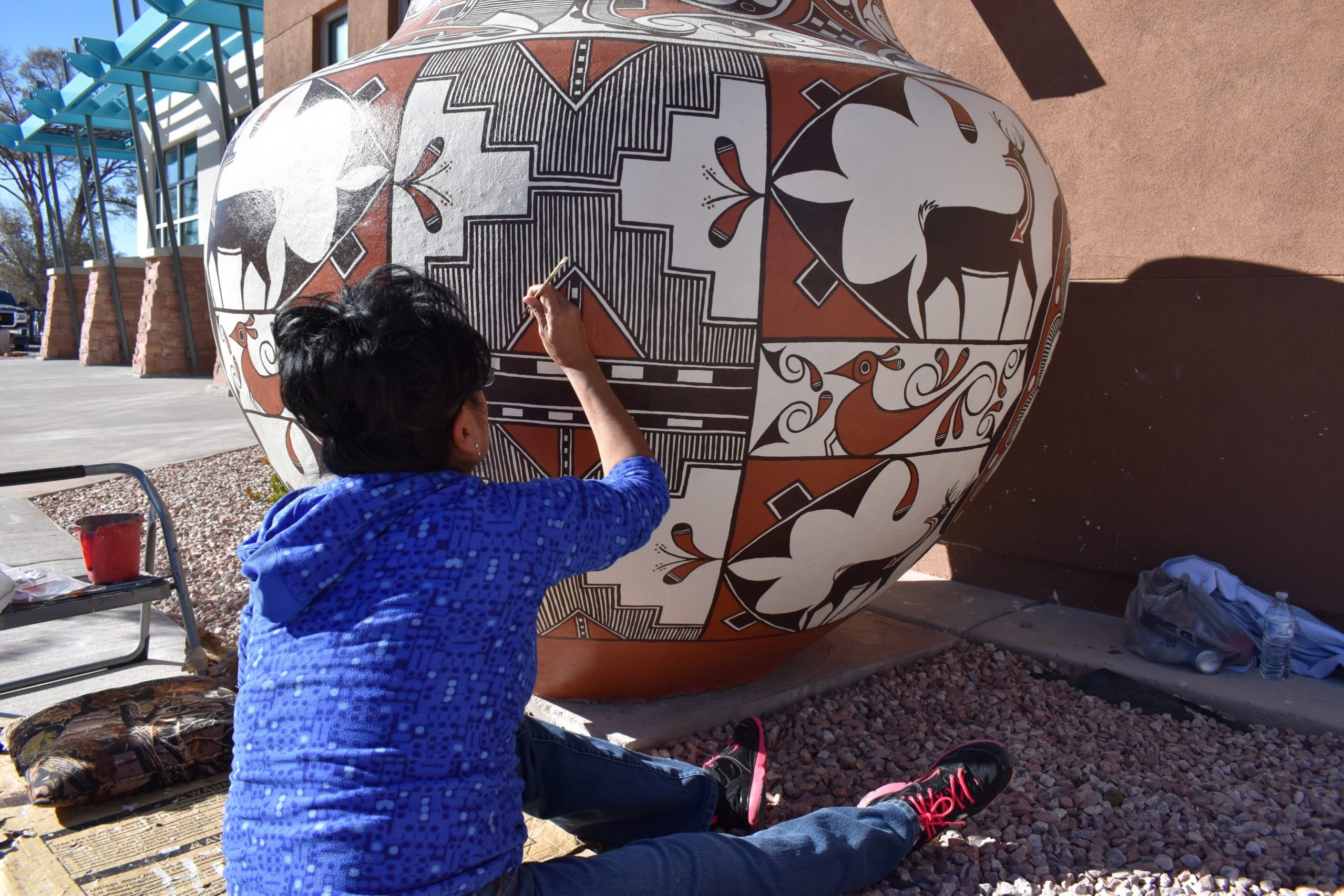
Zuni artist Noreen Simplicio, finishing her large Zuni Olla Pot that serves as water collection of the youth center building. Photo courtesy of the Zuni Youth Enrichment Project
Six artists reside in the Shack family home in Zuni Pueblo, New Mexico. While that many artists living under one roof is an anomaly, in the Zuni tribe there’s at least one artist living in nearly 70 percent of households, according to a study by the University of New Mexico. Art is part and parcel of the tribe’s history and culture.
The Zuni Youth Enrichment Project (ZYEP) understands this, so when it began planning a new youth center and park in 2015, Zuni artists and community members were invited to play a central role in the design and execution of the project.
Their opinions and their art were woven into the fabric of the process from start to finish. The end result is the 2.5-acre H’on A:wan, or “Of the People,” Community Park, which officially welcomed youth and the wider tribal community in 2018.
ZYEP is a grassroots nonprofit founded by community members with the mission of enhancing the health of the tribe’s youth, who number 2,900 of the 10,000 tribe members. Zuni households face many challenges, including systemic poverty, which affects one in two Zuni families with children. And poverty, of course, is closely linked to health.
Daryl Shack, one of the six artists in his Zuni household, played an integral role in the youth center/park project. “I kind of became involved by accident,” Shack says. “We had a Main Street Art Walk project underway, and I was already involved in that to help ensure the modernization included a cultural aspect to it. When I heard about the park project, I wanted to learn more.”
Funding for the park and community center originated with ArtPlace America, a 10-year collaboration among federal agencies, foundations, and financial institutions. ArtPlace awarded six projects with $3 million each in grant funding over three years as part of its Community Development Investments program. Unique in this funding is the fact that by design, the projects involve artists, culture bearers, and community members in every step of the planning and implementation.
With the grant money, ZYEP set its sights on developing a center for youth that would benefit their spiritual well-being. To ZYEP, this meant Zuni art, history, and culture needed to be integral to the project. But Zuni youth also need access to safe spaces to play and be physically active, says ZYEP Executive Director Joe Claunch.
“We were well aware of the fact that they lacked space where they could run, play, and fall down without getting injured—every surface was either concrete or desert,” he says. “The park represents a green space that celebrates Zuni identity and [is a] safe place where kids and families could engage in a range of healthy activities without concern.”
Like many kids today, the Zuni youth have access to technology, which can quickly override cultural influences and healthy traditions. “Kids can get stuck on technology and start practicing a sedentary lifestyle, planting the seeds for preventable diseases,” says Claunch.
“Being active, in running, gardening, and other healthy behaviors has been part of the Zuni culture for thousands of years and having a park space that reflects those Zuni traditions helps celebrate and encourage that,” Claunch says.
How It All Started
The original intent for the park goes back more than a decade. “We had a local pediatrician who heard too many times from youth that they had nothing going on in their summers,” Claunch explains. “He recognized that they needed healthy spaces and places, not just activity.” Claunch defines this as a space where young people can come together to engage in healthy activities related to their interests and feel safe enough to freely express themselves.
On a spiritual/emotional level, it is a supervised space with a positive, culturally sensitive staff in place to encourage healthy activity. “We provide training to our staff that focuses on the strengths of the community, the family, and the youth. On a cultural level, the artwork provides Zuni youth with an affirmation of that strength and beauty in the face of historic challenges,” says Claunch.
In 2014, ZYEP approached the Zuni Tribal Council about acquiring land to develop the park and community center. Together, they found a spot near the center of the village, and ZYEP leased 2.5 acres.
A year later, they applied for the ArtPlace America grant. “ArtPlace worked from the viewpoint that too often, community development projects leave out art and culture,” explains Claunch. “ArtPlace found that when art and culture are included, communities have more equitable outcomes.”
This was particularly applicable to the Zuni community, says Claunch. “This is one of the oldest continually inhabited villages in North America, and culture is front and center,” he says. “Prior to this, the federal systems implemented in the village went off track, ignoring the culture.”
Typical government-sponsored development brings with it an institutional look, says Claunch, rather than a cultural look. Think chain link fences, sometimes even topped with barbed wire, which is unwelcoming and devoid of character. The same goes to new housing developments, which are designed for the nuclear family, rather than the extended family commonly found in Zuni culture. A government-designed home will look like a typical two-to- three-bedroom home, whereas a traditional Zuni home will house three to four families living under one roof—much larger in structure with large communal spaces for family functions like meals.
Having a recent history of development that often neglected the role of Zuni culture meant that when approached by ZYEP, community members were initially skeptical about the good intentions of the project. “They were understandably worried the process would go nowhere,” says Claunch.
Like others in his community, Shack came to the table with a healthy dose of skepticism. “Usually, grants come into Zuni and the planning and models are made, the meetings are held and that’s where it ends,” he says. “When the park project was directed to the artists community, I was hesitant but interested.”
Shack’s first introduction to the project was in a large-scale meeting he attended to listen in and hear about the planning process. “Subsequent meetings were smaller, and that’s when I decided to sign on,” he explains.
From the get-go, says Claunch, ZYEP aimed to build trust in the community, and did it by engaging residents in conversation. “We didn’t make any promises but assured them that over time, we’d show them we were serious about having them shape decisions,” he says. “The artists took on the role of advocates and cast the vision. They also took the feedback and concerns from the neighbors, often in the Zuni language. If it weren’t for the artists, we wouldn’t have gotten anywhere.”
Planning
The first of approximately 12 meetings for design planning was unusual in that the artists were there from the start. “Normally, artists are the last invited, after the buildings are constructed,” says Claunch. “They’re then asked to add something on the wall, and that’s as far as inclusion goes.
A six-member committee of mixed-media artists convened other artists, who emphasized the need for public art that celebrated the Zuni spirit. The committee then worked with architects, created an RFP to general artists in the community for concept designs, and decided which types of art and artists would go into the park. The end result is 25 large public art pieces and counting, according to Claunch. “We see every space as a potential canvas,” he explains. “We have a number of large murals indoor and outdoor, large Zuni style pots painted with Zuni designs, wood carvings, and recycled garbage art.”
Future artwork may include stone carvings and jewelry, for which the Zuni are well recognized. “We allowed artists to interpret that in their own way,” Claunch says. “What we found is that they developed concepts that made their artwork a resource for the kids to learn about the history and values of the community.” For example, some artwork includes the representation of Zuni clan system, emphasizing the significance of family ties, and other artwork demonstrates the tribe’s migration story from the Grand Canyon. Other pieces illustrate the positive relationship Zuni people have with the natural landscape.
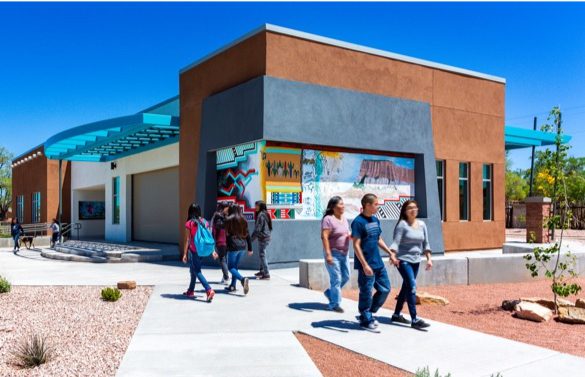
The Ho’n A:wan Community Park. Photo courtesy of the Zuni Youth Enrichment Project
Harmonizing with the Landscape
“A key concept for the design was ensuring the park blended in with its surroundings,” Claunch continued. “The residents let us know that they didn’t want the park to interfere with any of the cultural or religious activities that take place near it throughout the year.”
These events often take place near the park’s site and involve a walking component. Without forethought in the design, the new space could have blocked pathways or stood out as something of a sore thumb if not culturally responsive. “We were striving to be in tune with the area so that we didn’t stand out against it visually,” Claunch explains. “We needed to make sure that the space represented a cultural asset and not a threat.” Including input from the artists, who serve as culture bearers, and religious leaders helped ensure this, with a guiding principle of community involvement.
“We also made sure we were careful with the entire Zuni population not to set up false expectations that we couldn’t meet. This can be challenging, especially with a population accustomed to being asked for input, which is then ignored.”
One of the themes that regularly emerged from these vision sessions was water, as Zuni Pueblo is in the middle of a desert. “Water often showed up in designs, including swimming pools and fountains,” Claunch says. “The Zuni have cultural rules surrounding water, though, because it’s a valuable resource, so we had to weigh that.”
The Zuni rules go against simply playing with water and wasting it because it’s a limited resource. That means you won’t see kids running around with water balloons or water guns in the park. At the same time, with a focus on health, ZYEP placed drinking fountains inside and outside to encourage water as a first choice when the youth are thirsty.
The park sits near the Zuni River, which is now a permanently dry bed, the result of damming in the 1980s, in addition to the drought brought on by climate change. “We wanted to honor its role in their lives historically, including artwork that depicted what it looked like historically,” says Claunch. “Almost all of their artwork has water features, whether rain, snow, clouds, or rivers.”
Adds Shack: “We turned to our elders for guidance to ensure a polite and respectful outcome,” he says. “This ensures a park that is most beneficial for the most people. We talked about an amphitheater for concerts and the like at the outset. But we learned the community didn’t want loud events or bright lights in the neighborhood. We needed to share these ideas and then get feedback and make adjustments to their priorities.”
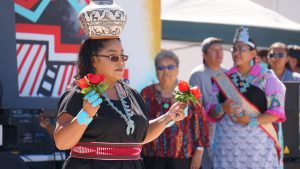
Zuni Olla Maiden at the grand opening celebration for Ho’n A:wan Park. Photo courtesy of the Zuni Youth Enrichment Project
Zuni decisions, on the whole, are made as a community. “They look to those with the most experience and knowledge as a sign of respect,” says Claunch. “They turn to their elders and defer to them when making important decisions.”
Because the park and center were designed to benefit young people, they too became involved in the planning process. Claunch points out that when working with elementary-age children, ZYEP couldn’t survey them in any formal, standardized manner. “We found creative ways to ask them questions and get them to express their ideas, such as through art projects—having them draw pictures of the type of park they’d like in their community,” he says. “We also gave them Legos to construct the buildings they’d like to see. We were very genuine in asking for their feedback.”
The artists worked regularly with the community’s youth throughout the design and planning. “The kids got to apprentice with some of the master artisans and much of the artwork in the park and community center is a result of that,” says Claunch.
The End Result
In 2018, the Ho’n A:wan Community Park officially opened. The park space includes playing fields and courts, pathways, gardens, and more. Sports leagues, camps, and art and theater classes, professional development for youth mentors continue year-round, but crank up even more during the emptier summer months. Everything is surrounded by a “coyote fence,” a traditional style used for hundreds of years, which invokes the local lands and animals and their relationship to Zuni culture. Made of wood with the bark still on it and sourced locally, the fence posts are consistent with Zuni design in and around the community.
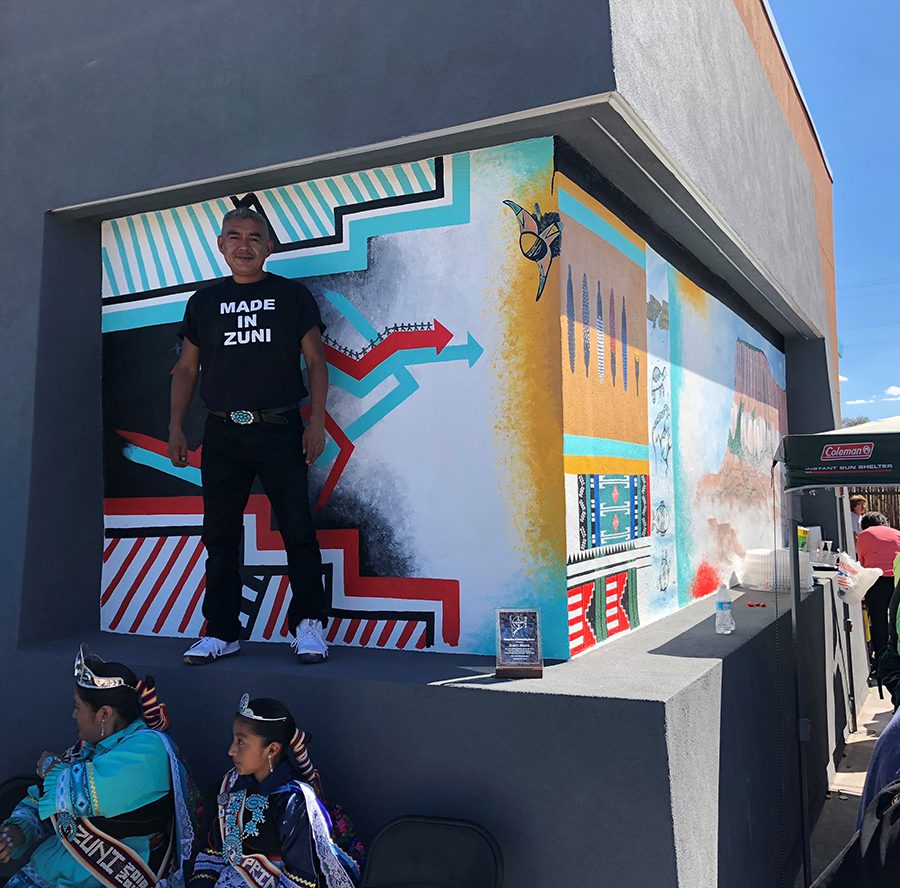
Daryl Shack Sr. during the grand opening celebration for Ho’n A:wan Park. The mural in the background portrays the history of the Zuni People’s migration to their current location. Photo courtesy of the Zuni Youth Enrichment Project
The youth center blends in seamlessly with its surroundings. A tan, traditional structure, it is highlighted with turquoise accents and accented with vigas—the rough-hewn rafters found in traditional pueblo structures.
But it’s the artwork that really makes the building Zuni. There are large murals and children’s artwork on the walls, huge “water catcher” pottery receptacles underneath downspouts on the exterior that are used to water the community gardens, and Zuni-made sculptures all around the grounds. “Many of the projects involved the youth and it gave them a chance not only to learn the art, but the history that goes along with it,” says Shack. “It’s exciting to see a project like this—it fits right in and it’s something that’s never been accomplished before.”
While the park and community center provide physical outlets for the local youth, they also serve as a teaching center. Many of the artists continue to share their craft by leading courses for the children. Shack, who works in multiple mediums, led a fetish carving class this summer, for instance. A local dietician teaches cooking classes and helps the children learn traditional gardening. Traditional dance classes and performances are also among the activities.
In the end, it’s this holistic approach to park design and usage that Claunch says benefits the youth the most. “What makes [Ho’n A:wan Park] project special is the Zuni artists’ insistence on designing a space that would intentionally feature public art that would impart important lessons to generations of Zuni youth about who they are, and where they come from, as a means of enhancing their health.”
Shack agrees: “The same children who put their artwork up in the building in the beginning will hopefully bring their own kids and grandkids one day. By getting an entire elementary school involved, we gave them a sense of pride and ownership.”
Because artists are so integral to Zuni culture, Claunch says, the park and center are truly reflective of the Zuni identity. “These are amazing pieces created by members of the community that reflect their traditions and history,” he says. “Through art and imagery, the space promotes community, cohesion, and pride in Zuni identity. That can only enhance whatever else is happening.”
Picture the young girl playing soccer on the turf field, for instance, surrounded by art and design reflective of her culture. “If there’s a painting that depicts gardening or farming, it affirms the fact that the Zuni are master gardeners, which is how they have thrived in the desert,” Claunch says. “Bringing all these elements together in a park provides young people with a healthy place to be active, which is grounded in their people’s rich cultural traditions.”


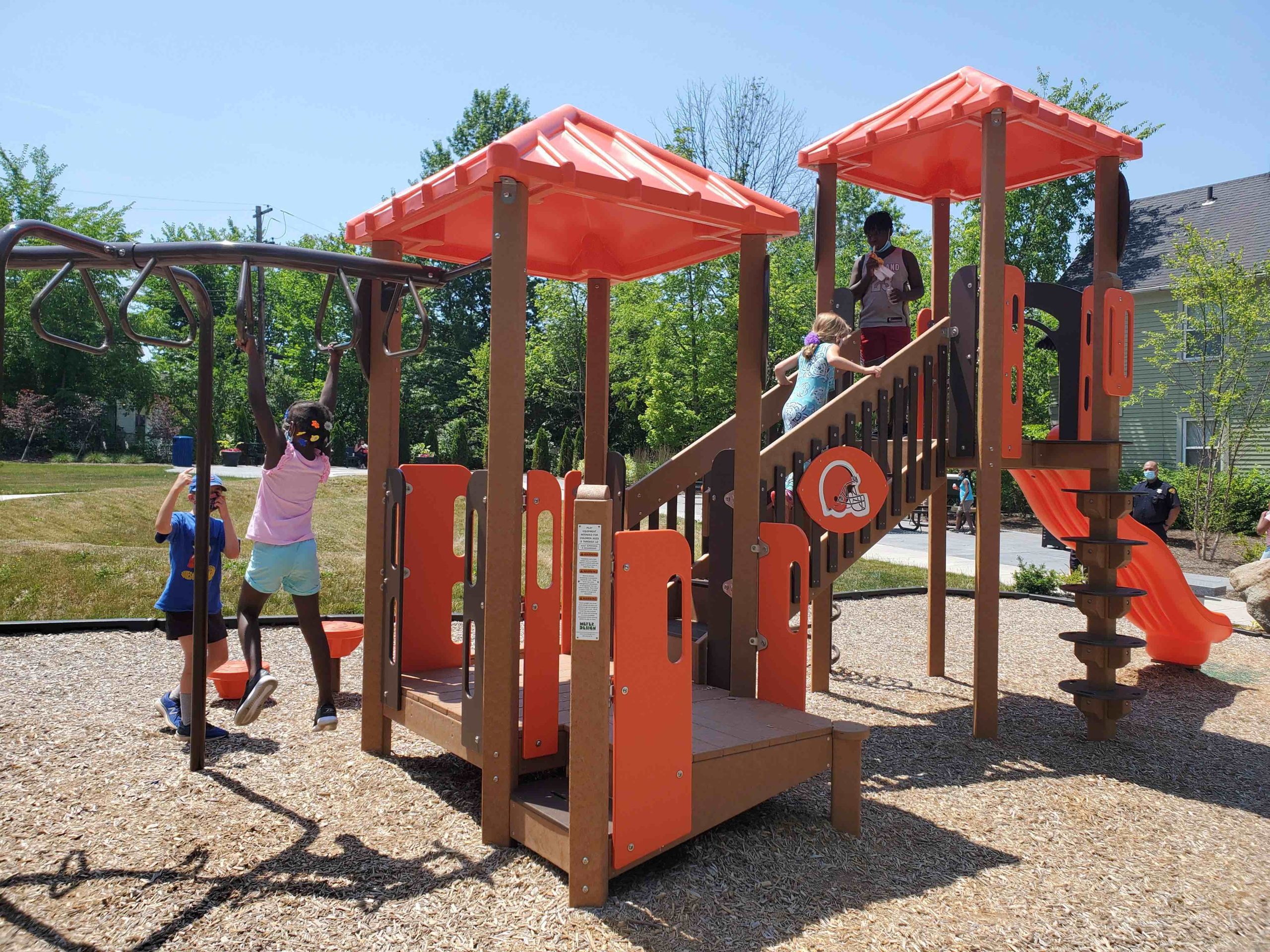
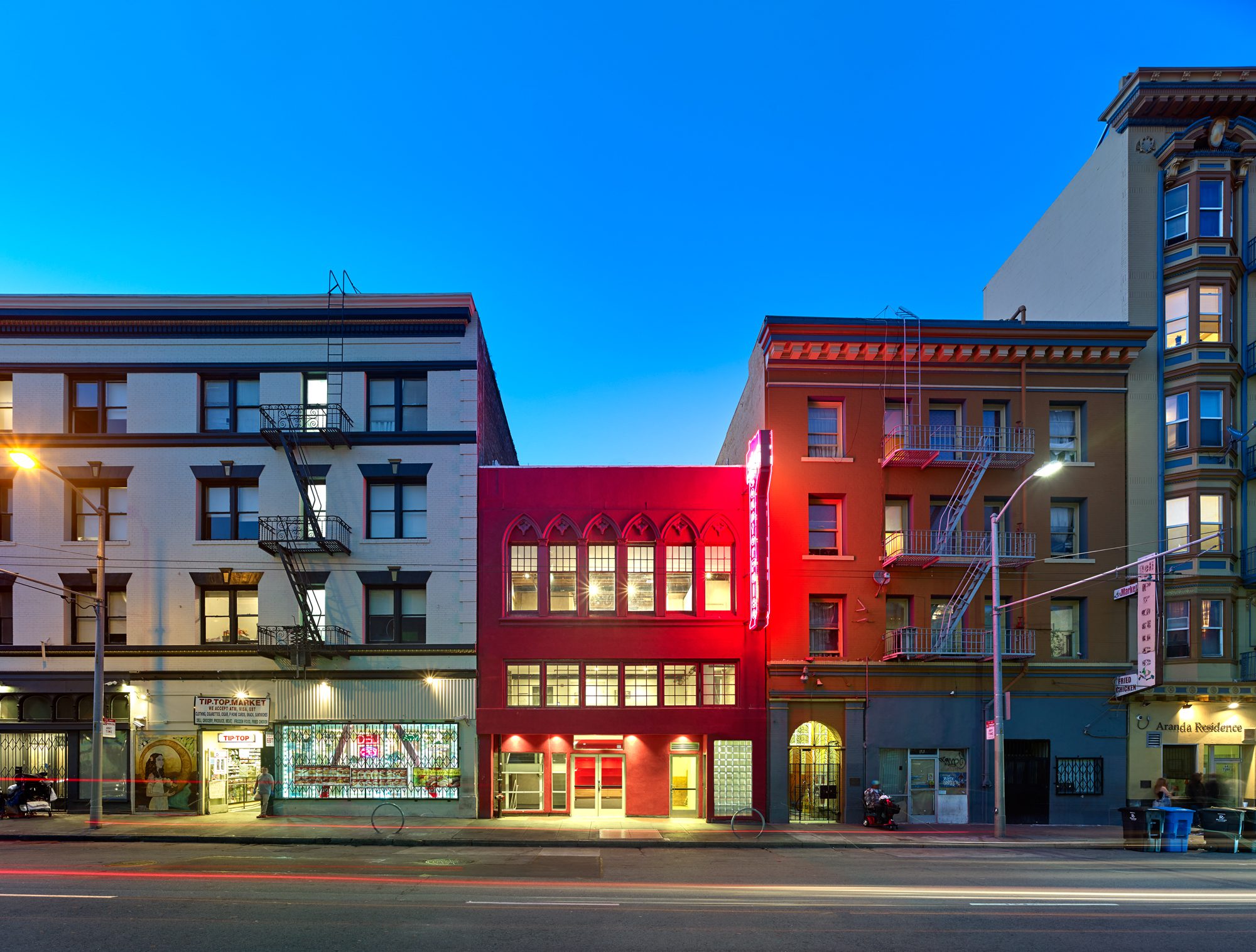
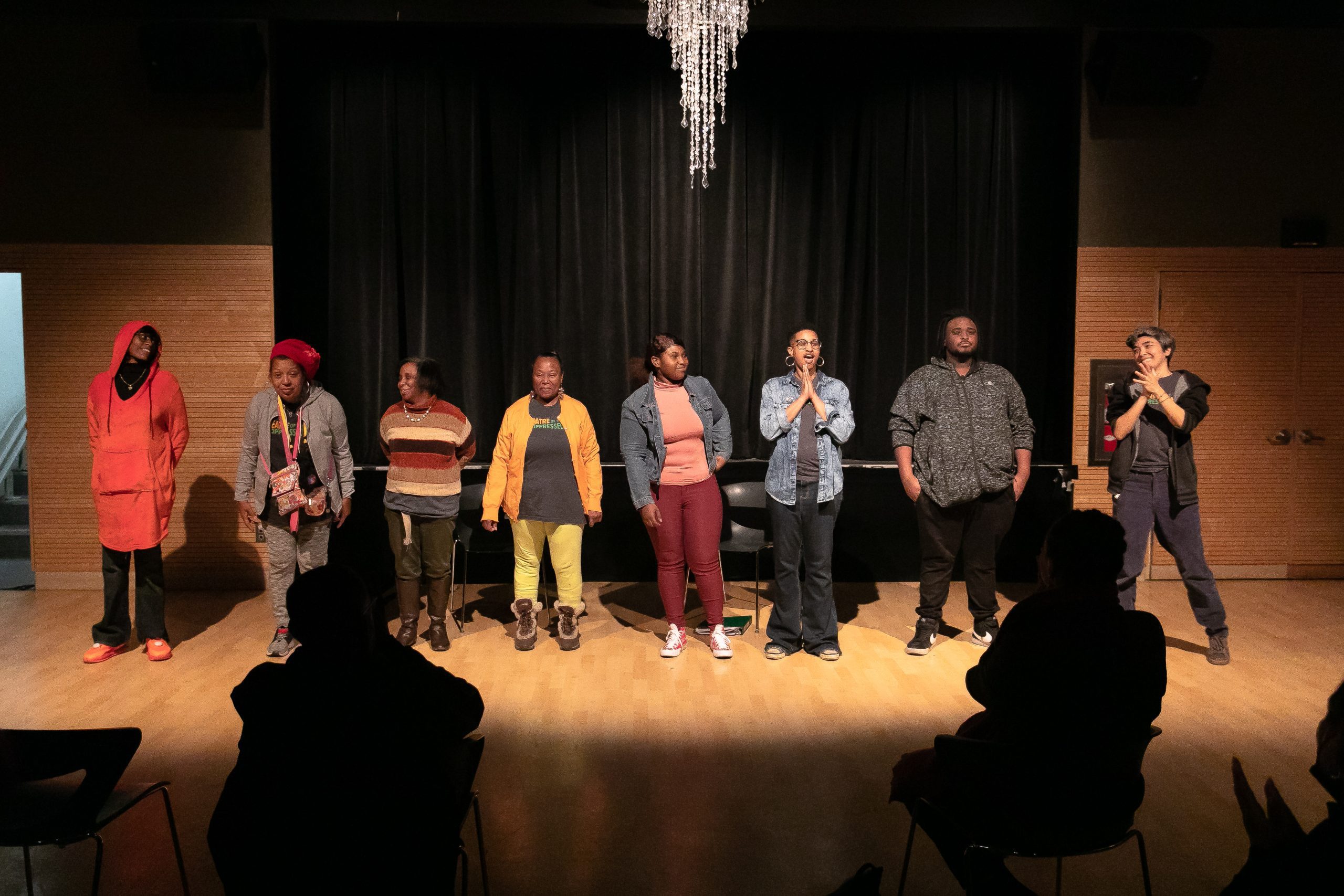
Comments